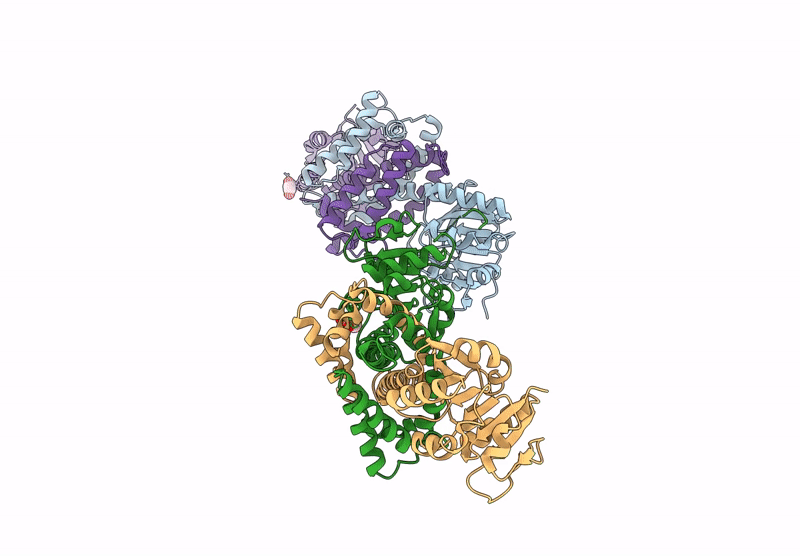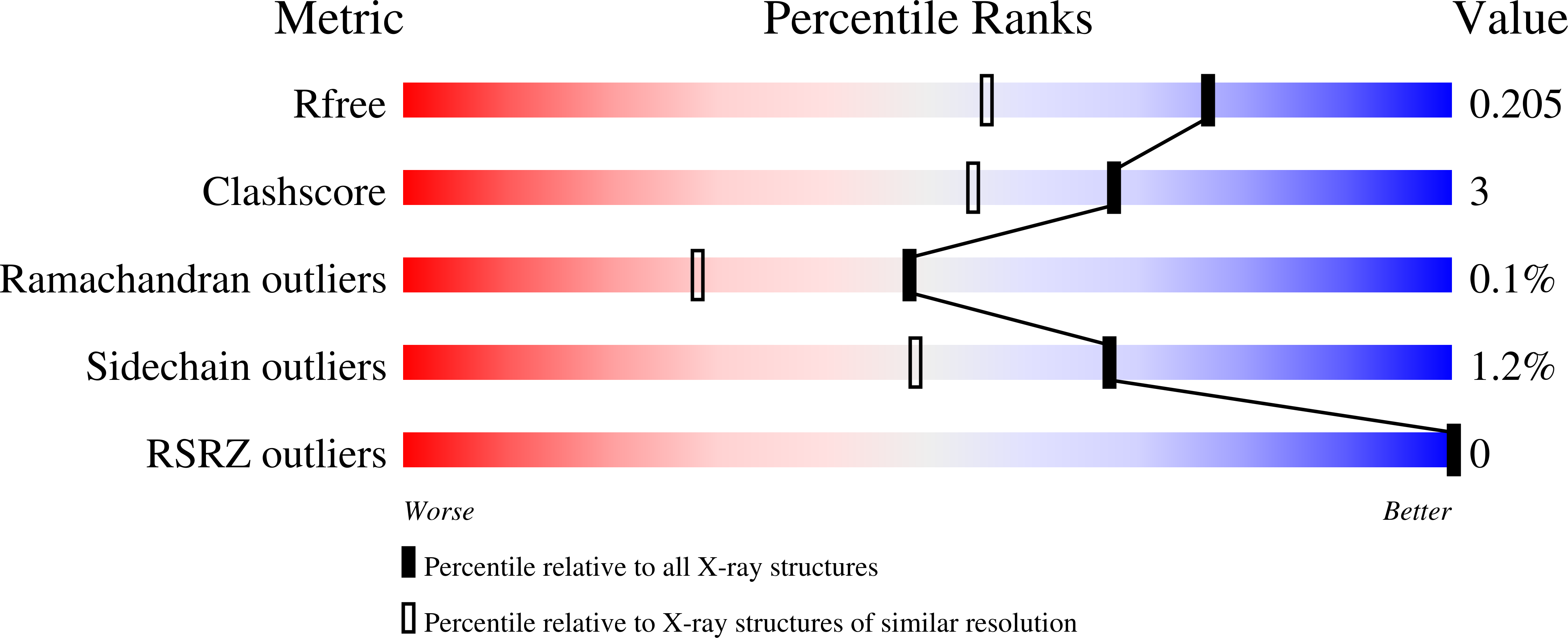
Deposition Date
2023-08-28
Release Date
2025-03-05
Last Version Date
2025-03-05
Entry Detail
PDB ID:
8U04
Keywords:
Title:
Reductasporine biosynthetic pathway imine reductase RedE, apo
Biological Source:
Source Organism:
uncultured bacterium (Taxon ID: 77133)
Host Organism:
Method Details:
Experimental Method:
Resolution:
1.62 Å
R-Value Free:
0.20
R-Value Work:
0.16
R-Value Observed:
0.17
Space Group:
P 1 21 1


